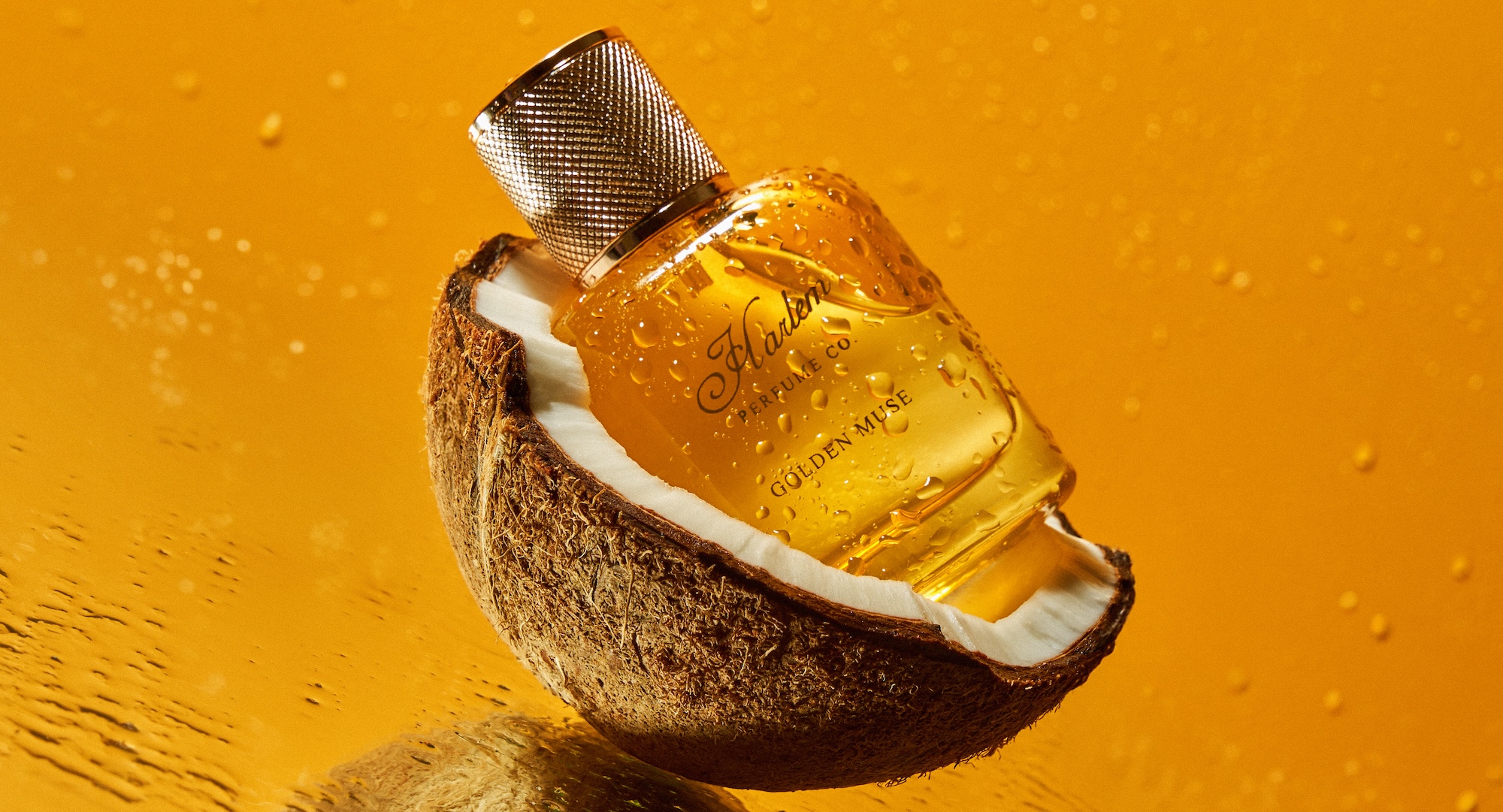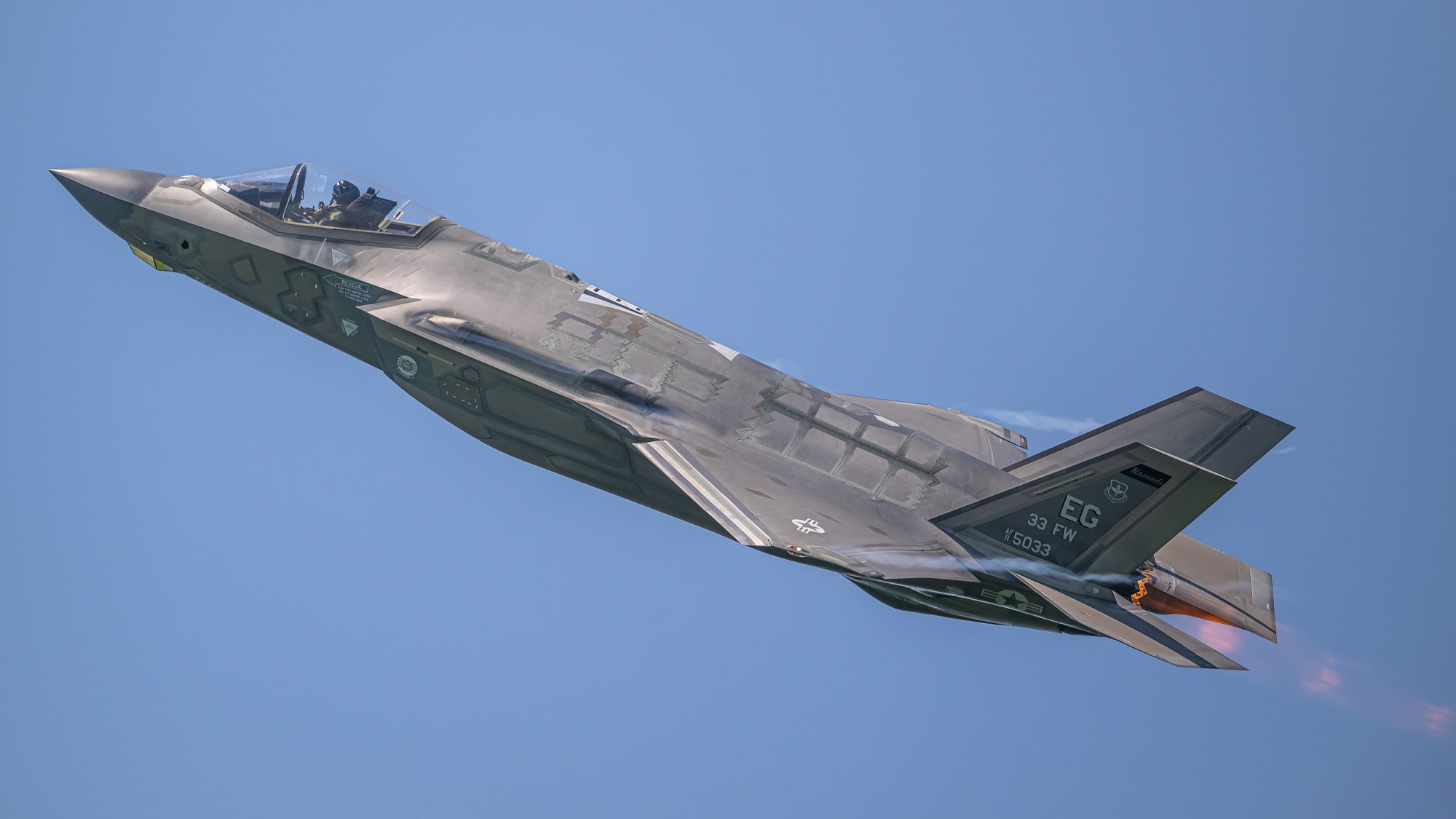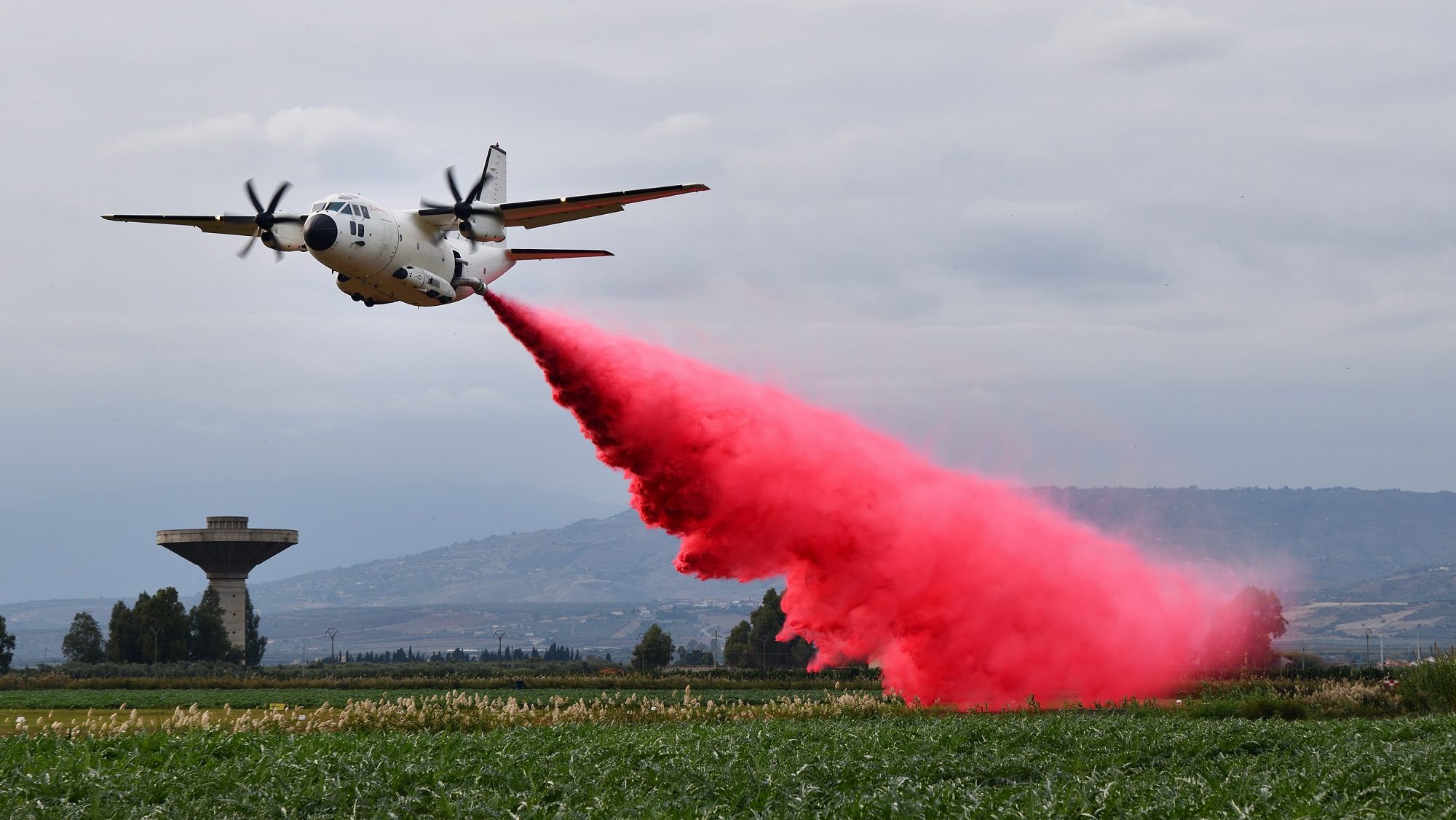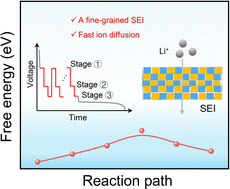Single-nucleus transcriptomics of wing sexual dimorphism and scale cell specialization in sulphur butterflies
by Ling S. Loh, Joseph J. Hanly, Alexander Carter, Martik Chatterjee, Martina Tsimba, Donya N. Shodja, Luca Livraghi, Christopher R. Day, Robert D. Reed, W. Owen McMillan, Gregory A. Wray, Arnaud Martin The evolution of sexual secondary characteristics necessitates regulatory factors that confer sexual identity to differentiating tissues and cells. In Colias eurytheme butterflies, males exhibit two specialized wing scale types—ultraviolet-iridescent (UVI) and spatulate scales—which are absent in females and likely integral to male courtship behavior. This study investigates the regulatory mechanisms and single-nucleus transcriptomics underlying these two sexually dimorphic cell types during wing development. We show that Doublesex (Dsx) expression is itself dimorphic and required to repress the UVI cell state in females, while unexpectedly, UVI activation in males is independent from Dsx. In the melanic marginal band, Dsx is required in each sex to enforce the presence of spatulate scales in males, and their absence in females. Single-nucleus RNAseq reveals that UVI and spatulate scale cell precursors each show distinctive gene expression profiles at 40% of pupal development, with marker genes that include regulators of transcription, cell signaling, cytoskeletal patterning, and chitin secretion. Both male-specific cell types share a low expression of the Bric-a-brac (Bab) transcription factor, a key repressor of the UVI fate. Bab ChIP-seq profiling suggests that Bab binds the cis-regulatory regions of gene markers associated to UVI fate, including potential effector genes involved in the regulation of cytoskeletal processes and chitin secretion, and loci showing signatures of recent selective sweeps in a UVI-polymorphic population. These findings open new avenues for exploring wing patterning and scale development, shedding light on the mechanisms driving the specification of sex-specific cell states and the differentiation of specialized cell ultrastructures.
by Ling S. Loh, Joseph J. Hanly, Alexander Carter, Martik Chatterjee, Martina Tsimba, Donya N. Shodja, Luca Livraghi, Christopher R. Day, Robert D. Reed, W. Owen McMillan, Gregory A. Wray, Arnaud Martin The evolution of sexual secondary characteristics necessitates regulatory factors that confer sexual identity to differentiating tissues and cells. In Colias eurytheme butterflies, males exhibit two specialized wing scale types—ultraviolet-iridescent (UVI) and spatulate scales—which are absent in females and likely integral to male courtship behavior. This study investigates the regulatory mechanisms and single-nucleus transcriptomics underlying these two sexually dimorphic cell types during wing development. We show that Doublesex (Dsx) expression is itself dimorphic and required to repress the UVI cell state in females, while unexpectedly, UVI activation in males is independent from Dsx. In the melanic marginal band, Dsx is required in each sex to enforce the presence of spatulate scales in males, and their absence in females. Single-nucleus RNAseq reveals that UVI and spatulate scale cell precursors each show distinctive gene expression profiles at 40% of pupal development, with marker genes that include regulators of transcription, cell signaling, cytoskeletal patterning, and chitin secretion. Both male-specific cell types share a low expression of the Bric-a-brac (Bab) transcription factor, a key repressor of the UVI fate. Bab ChIP-seq profiling suggests that Bab binds the cis-regulatory regions of gene markers associated to UVI fate, including potential effector genes involved in the regulation of cytoskeletal processes and chitin secretion, and loci showing signatures of recent selective sweeps in a UVI-polymorphic population. These findings open new avenues for exploring wing patterning and scale development, shedding light on the mechanisms driving the specification of sex-specific cell states and the differentiation of specialized cell ultrastructures.


















































































![Four big takeaways to wrap up the Paris Air Show [Video]](https://breakingdefense.com/wp-content/uploads/sites/3/2023/06/FCAS-scaled-e1685718848105.jpg?#)
![The sights of Paris Air Show, one last time: Day 4 [Photos]](https://breakingdefense.com/wp-content/uploads/sites/3/2025/06/20250617-helenedelacoste-Paris-Air-Show-037-scaled-e1750357690820.jpg?#)

























































